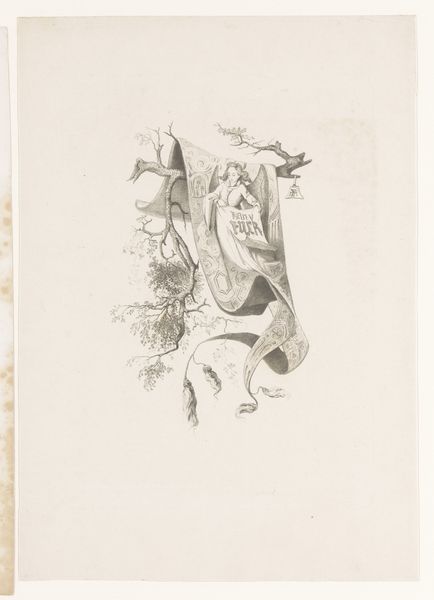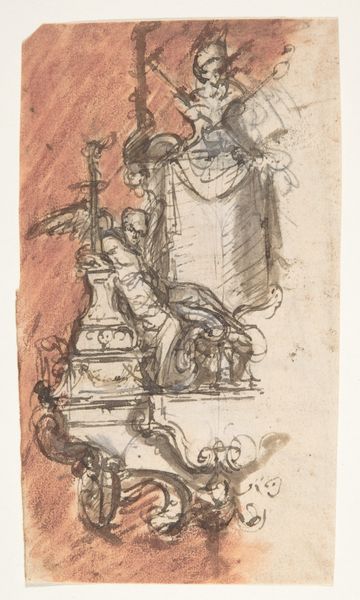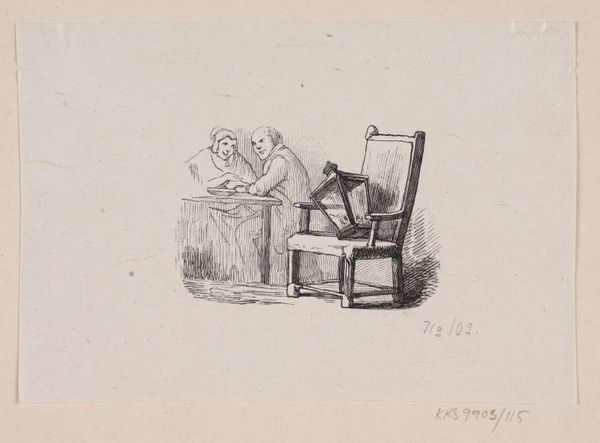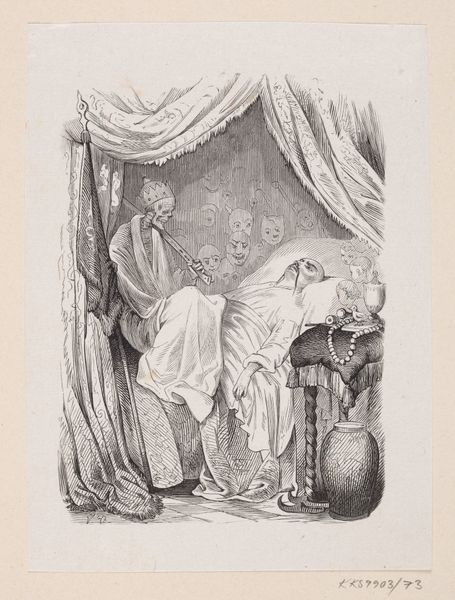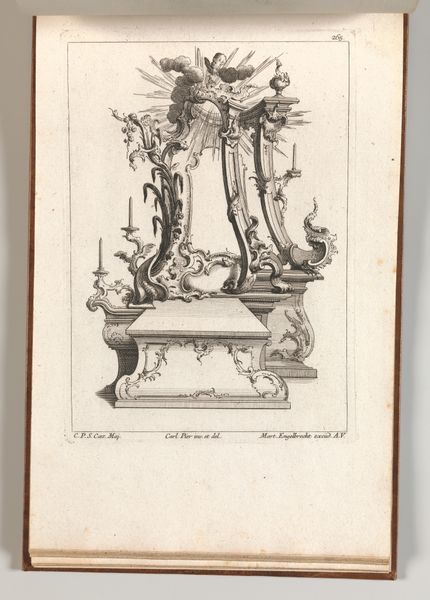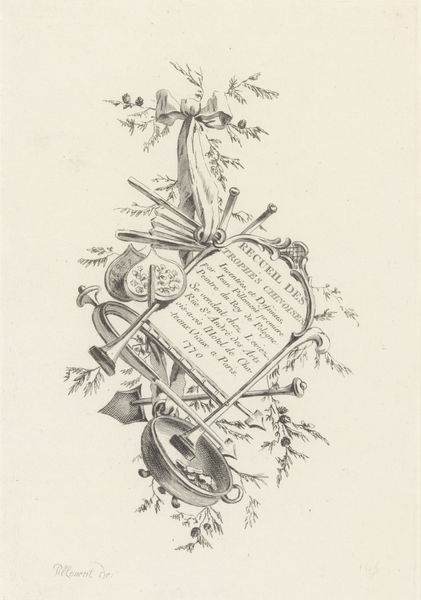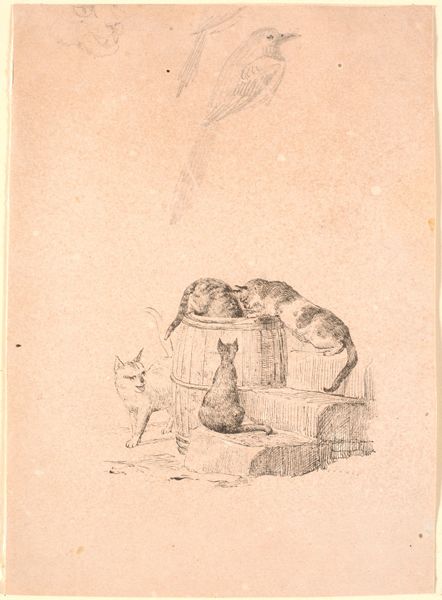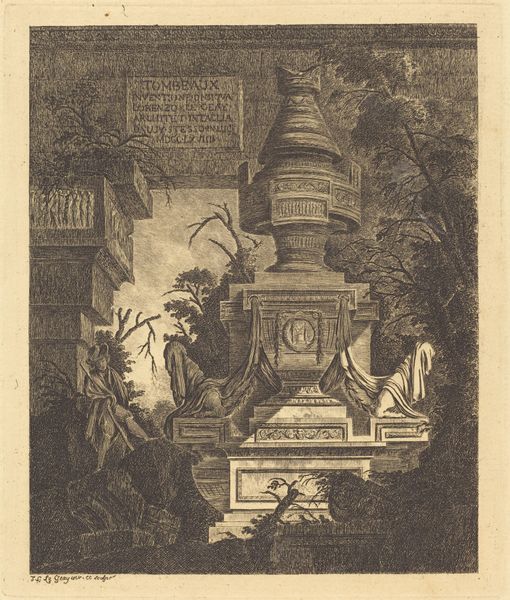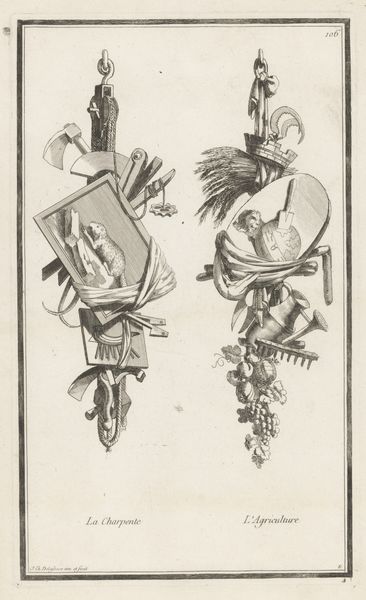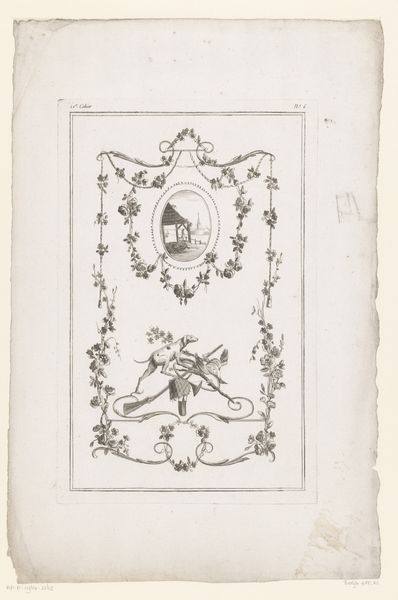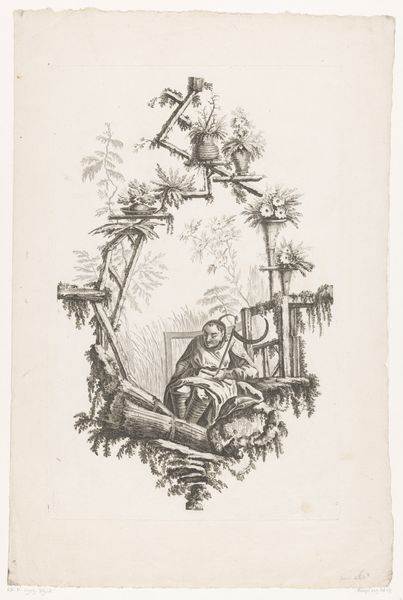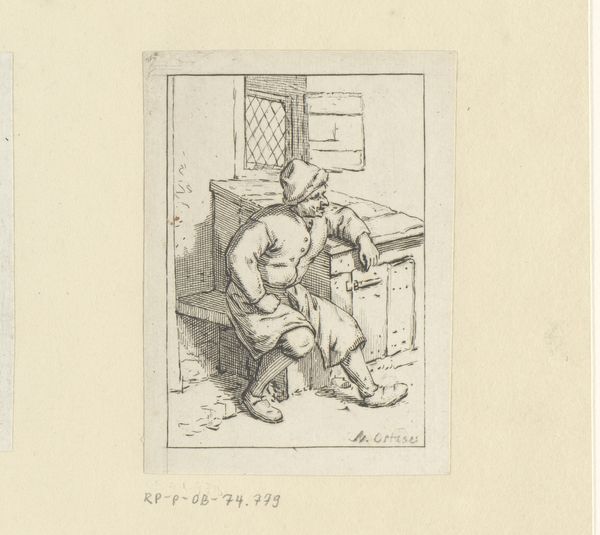
drawing, ink, pencil
drawing
classical-realism
ink
pencil
Dimensions: 89 mm (height) x 82 mm (width) (bladmaal)
Curator: This is Gerhard Ludvig Lahde's "En brudt søjle," created between 1765 and 1833. It's currently held at the SMK, the National Gallery of Denmark. The piece employs ink and pencil in its execution, appearing to be a drawing on paper. Editor: Immediately, I'm struck by a sense of melancholy, wouldn't you agree? The broken column, of course, contributes heavily to that feeling. It feels intimate, almost like a personal monument on a small scale. Curator: Precisely. Lahde uses these seemingly simple materials—ink and pencil—to evoke profound notions of loss and perhaps even societal decay. I'm intrigued by how the classical form, the column, is rendered as fractured, drawing attention to the labor required to even create a symbol that reflects such sentiment. Editor: Absolutely. Columns usually represent strength, endurance, history. But this broken column, paired with the oak leaves—symbols of strength and endurance, but now clinging to ruin—and a shield depicting heraldry tells me about collapsed lineage. Note the scattering bees at its base, too. Do these symbolize what continues, what the remnants of something new will bring forth? Curator: Yes, it speaks volumes. Notice too, how Lahde layers the composition: a collection of items rests upon the base. Rolled documents perhaps indicate past proclamations, but what are we to make of this cane? It appears useless when set against these objects on what can be argued as a classical ruin itself. Editor: The items are definitely purposeful. A broken musical instrument hints to loss. Consider how Lahde uses the column and shield not only as a ruin, but as canvas as well to imprint familial pride. What do you think it means to represent Europe as fractured like that? Curator: I'd like to return to how the piece was rendered. It suggests the accessibility of these classical ideas. The column isn't grand, unreachable marble. Lahde presents classical structure rendered via common medium; ink and pencil makes it replicable and even democratized through the production process itself. Editor: And so, through these chosen visual emblems, we uncover stories of the past and the processes which built meaning around them. Lahde uses very particular imagery to talk of a time and dynasty past. Curator: By understanding his choice of materials we glimpse that the accessibility and commentary on those times can, quite literally, be put in our own hands.
Comments
No comments
Be the first to comment and join the conversation on the ultimate creative platform.
